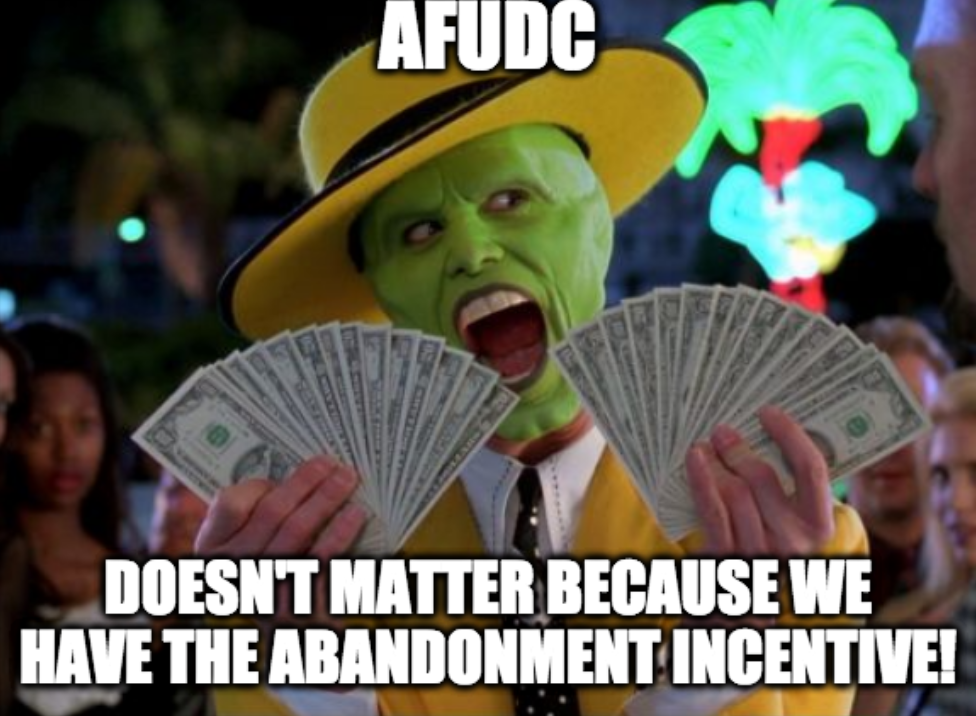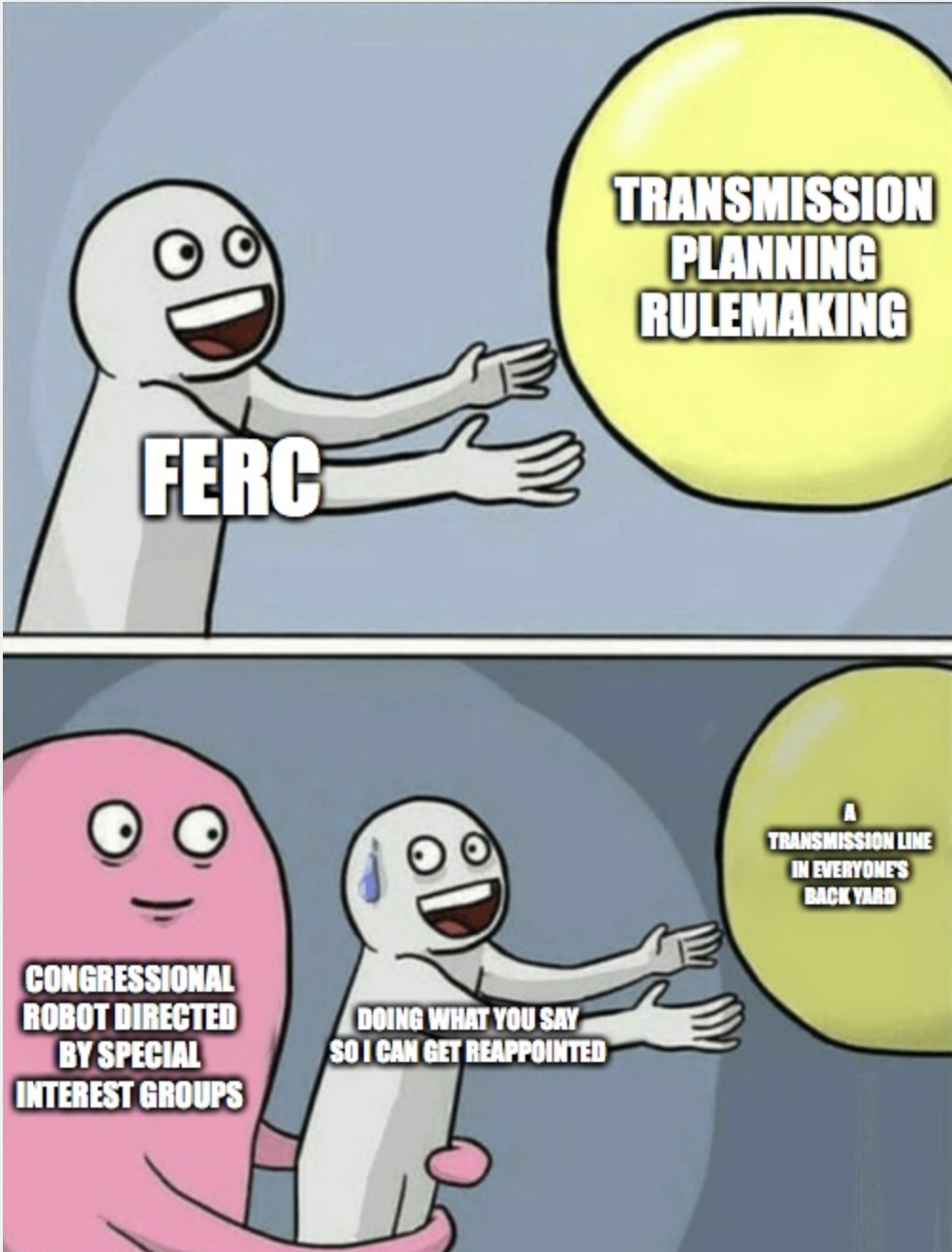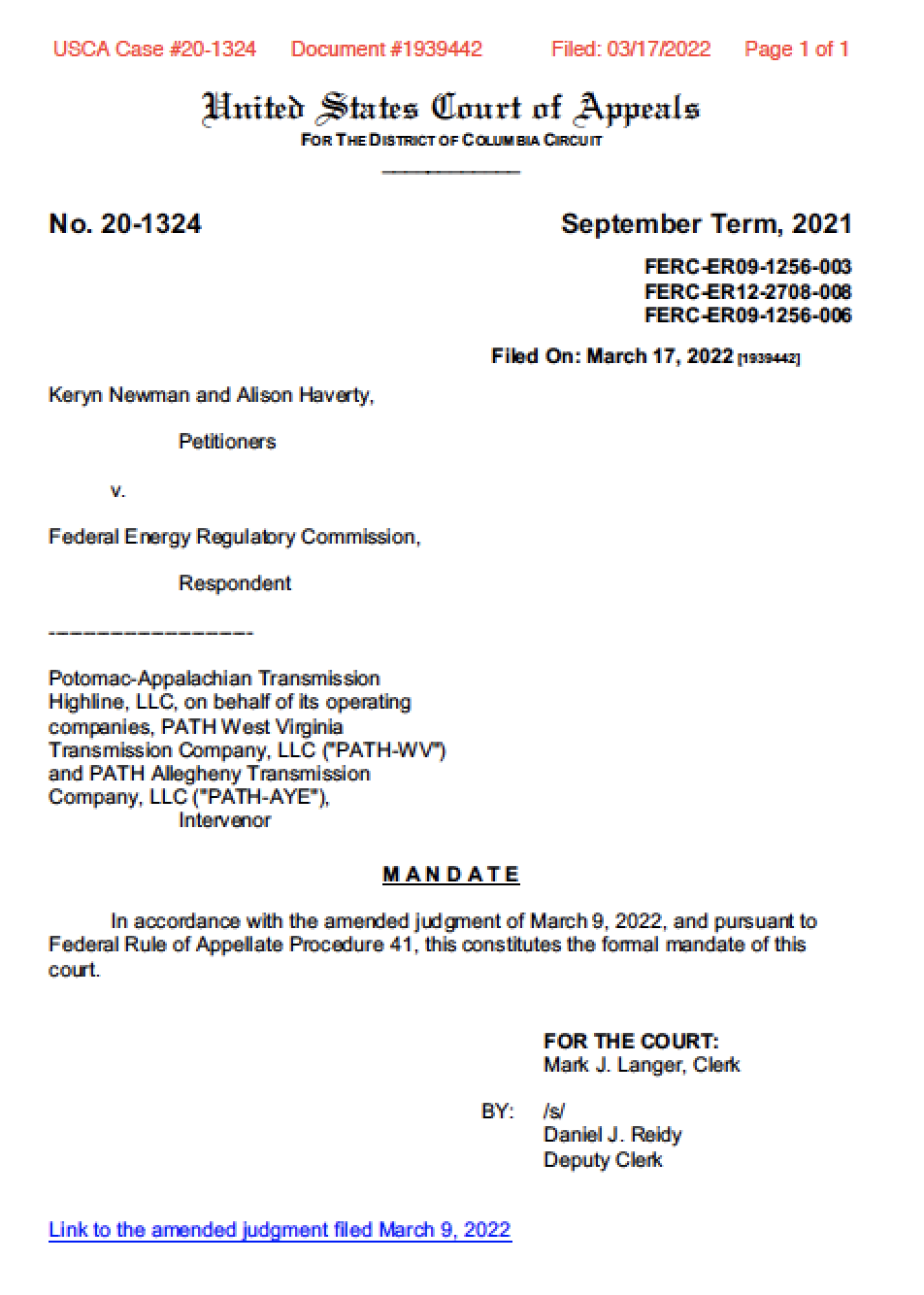But, anyhow, this crap office is already giving itself a crap reputation with "the public." The FERC Office of Public Participation Director, Elin Katz, was recently quoted during a webinar for WIRES (the voice of the electric transmission industry!) You might want to ponder why Elin was hob nobbing at an industry shindig and not in a tool shed gathering in your community.
Elin appears to have used the term "NIMBY" to refer to grassroots opposition to new transmission lines.
FERC OFFICIAL AIMS TO TACKLE NIMBYISM: Elin Katz, FERC’s director of the relatively new Office of Public Participation, is thinking about how to avoid more disorderly forms of public engagement that have plagued FERC and the power sector in recent years — such as demonstrations and lawsuits against new energy infrastructure, including pipelines. She also hopes to better educate the public about the benefits of electric transmission in particular to mitigate the “NIMBYism” often associated with the large-scale power lines needed to decarbonize the power grid.
“One of my main goals is to provide a constructive outlet for public concerns,” she said during a webinar hosted by utility transmission group WIRES. “We've seen a lot of what I consider more disruptive activities around when the public becomes concerned about energy or infrastructure.”
NIMBY? The FERC employee in charge of encouraging the public to participate in FERC proceedings has called the public "NIMBYs"? Does she know that's a pejorative insult to grassroots groups? I'm sure she'd never use a racial slur, but yet she thinks belittling and marginalizing public participation is okay? She ought to be fired.
Better education? Again, Elin insults "the public" by calling them uneducated. As if grassroots groups need to be "educated" about impacts to their communities by some woman who hates them, peering out from her ivory tower in Washington, DC. There are no benefits to communities impacted by transmission lines that can outweigh the detrimental impacts. Elin telling "the public" that there are "benefits" is not going to change anyone's mind. What a completely ignorant approach to interacting with "the public." Did she get that idea from the industries she actually works for? She ought to be fired.
And what about her apparent disconnect between gas pipelines and electric transmission? Somehow the landowners affected by pipelines matter, but the landowners affected by electric transmission don't? That's not about the landowners, it's about politically-motivated ideology related to energy source. It's not about the "public" at all. She ought to be fired.
Disruptive activities? That's called "mostly peaceful protest". It's a new thing invented during the pandemic. Transmission opposition is unlikely to engage in those kinds of things. Our protests are more along the lines of free speech, due process, and public participation. If she wants to squelch free speech and due process of "the public" she's not a good fit. She ought to be fired.
Elin is the WRONG person to be assisting "the public" with participating in electric transmission proceedings at FERC. It's obvious she believes that "large-scale power lines are needed to decarbonize the grid." She's already weighed in on the side of the utilities and environmental groups and against "the public" who would be affected by FERC's actions. She ought to be fired.
If I wasn't disgusted enough by FERC's OPP before reading this news blurb, I'd be pretty disappointed. What a disgusting creature. She ought to be fired.






 RSS Feed
RSS Feed